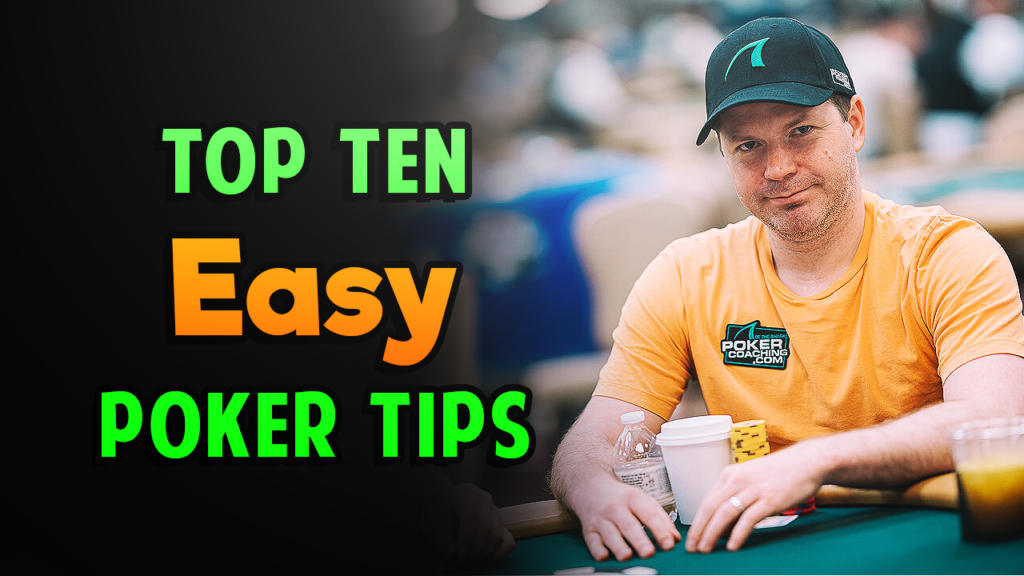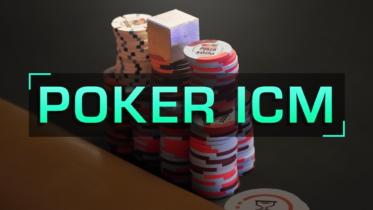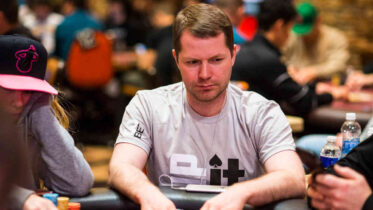High Stakes Duel Round 3 – $200,000 Sit & Go
When two of poker’s best meet to duke it out on the felt, it’s nearly impossible to only discuss one hand. The fireworks set off by Phil Hellmuth and Tom Dwan in their heads-up rematch left plenty to be discussed as the poker world watched Hellmuth try and reclaim his belt. As the poker community collectively waits to see if the two pros will face off again at the Aria, we look back at one of the many exciting hands from the match.
The Game: High Stakes Duel III – $200,000 Sit & Go
Blinds: 300/600
Stack Sizes: 323 Big Blinds Effective
This video comes from Jonathan Little’s YouTube Channel. If you would like to stay up to date with more video content such as this, including hand breakdowns from Negreanu vs Polk, Tom Dwan, Brad Owen and more, check out the channel.
Preflop Action – Phil Hellmuth Limps His Pocket Pair
On the button and first to act heads-up, Hellmuth looked down at T♥-T♦. Seemingly going against his usual “zoom zoom” strategy Hellmuth opted to limp with his premium pocket pair. While Hellmuth could have been looking to mask his hand strength or knew something we didn’t, limping best hands like pocket tens allows your opponent to see the flop with everything. Even if the big blind has a hand like 7-2 offsuit, they cheaply get to assess they’re strength on the flop and can capitalize when it happens to hit!
Following the limp from Hellmuth, Dwan made the call taking it to the flop.
Flop Action – Tom Dwan Makes The Check-Raise
The Pot: $1,200
The Board: J♣-9♥-3♣
Effective Stack: 317 Big Blinds
Checked to, Hellmuth would bet small for one big blind. Hellmuth’s tiny bet would be met with a $2,500 check-raise from Durrr, creating a nasty spot for Phil. While getting check-raised is usually an unpleasant experience, pocket ten’s on this board is especially difficult as there are few turn cards that help the hero improve. A ten on the turn would have improved Hellmuth quite a bit with a set, but by having half of the ten’s in the deck the odds of seeing another one were slim.
The key thing to consider is how often and aggressively would Tom Dwan check-raise. Would Dwan check-raise with a jack or better? Probably not, which means he likely held some type of draw. Considering the fact Hellmuth had two ten’s it was unlikely Dwan held a straight-draw like
Q-10. Even though Hellmuth was in a brutal spot, the plethora of draws available made calling the right play.
Hellmuth called the check-raise, leading to the turn.

Crush cash games and poker tournaments with Jonathan Little’s Top Ten Poker Tips!
Turn Action – Phil Hellmuth Turns An Open-Ender
The Pot: $6,200
The Board: J♣-9♥-3♣-Q♠
Effective Stack: 308 Big Blinds
With the Q♠ Hellmuth now had a straight-draw, but it probably didn’t seem like much help when Dwan led out for $5,200. Such a big bet suggested that Tom was polarized, potentially betting with a hand like K-Q. Since Hellmuth blocked almost all of the ten’s, if Dwan were betting with a draw it was almost certainly for a flush. Some players may think it wise to raise and muscle the drawing player into folding, the issue with this play, however, is when you are called you may be dead to a hand that has already gotten there.
The almost pot-sized bet from Dwan likely sent alarm bells off in Hellmuth’s head, but when you have the open-ended straight-draw you should rarely be folding. Hellmuth made the call and prayed for a friendly river.
River Action – Tom Dwan Keeps Betting
The Pot: $16,600
The Board: J♣-9♥-3♣-Q♠-6♣
Effective Stack: 293 Big Blinds
As the third club arrived on fifth street Dwan again led out, this time for $8,700. By betting for a relatively small size, Dwan represented a marginal made hand like two pair or a pair of queens. If Dwan did in fact have one of those hands, would a large bluff have been enough to induce a fold? With the variety of hands Dwan may have possessed this was not the time to try a bluff, as he could have very well selected this sizing with a flush.
A raise was out of the question, but was calling or folding the preferred play? It may have hurt, but folding the pocket ten’s was the appropriate play for Phil. Dwan’s half pot bet suggested he was betting for value with not just a flush but pairs of jacks and queens, two hands that trump Phil’s tens. Phil had to know he was behind, but did he have enough white magic to make the right move?
Conclusion: Phil Hellmuth Finds The Fold
Knowing he was behind, Hellmuth made the fold. Phil did not have the benefit of knowing Dwan’s cards, but the viewers at home saw that Dwan got there on the river hitting the flush with K♣-4♣. While he was certainly angry at the result, Hellmuth’s poker prowess helped him avoid losing more money than he needed to. Hellmuth would go on to get his revenge on Dwan and reclaim his belt with a victory. If Tom Dwan decides he wants the best of three, we will surely be here with more analysis.




